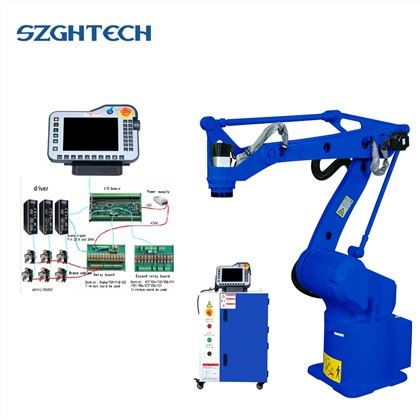Payload | 20kg |
| Structure | Articulated |
Axes | 4 |
| Reach | 1850mm |
| Weight | 230kg |
Application | Materials handling, parts transfer, palletizing, deburring &cutting |
Special Service | 1. We can customize the standard color as you need! |
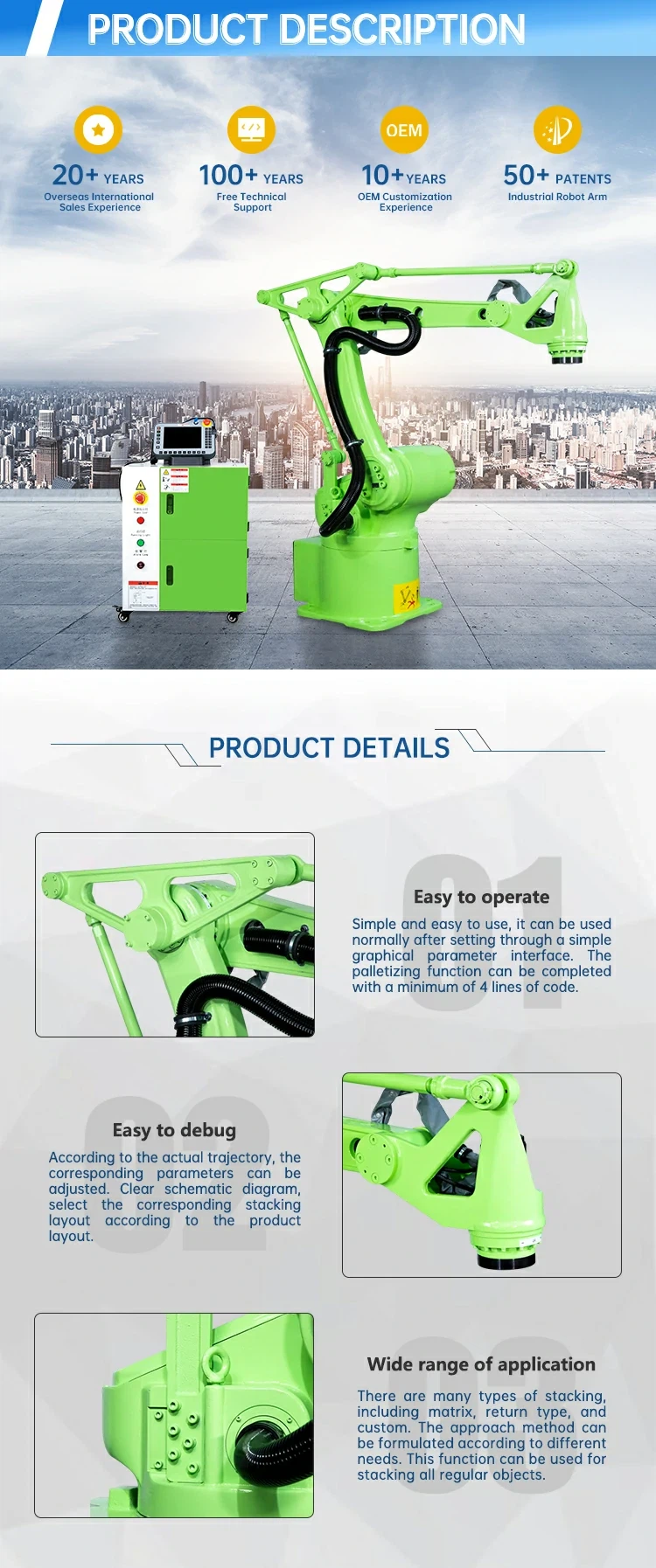
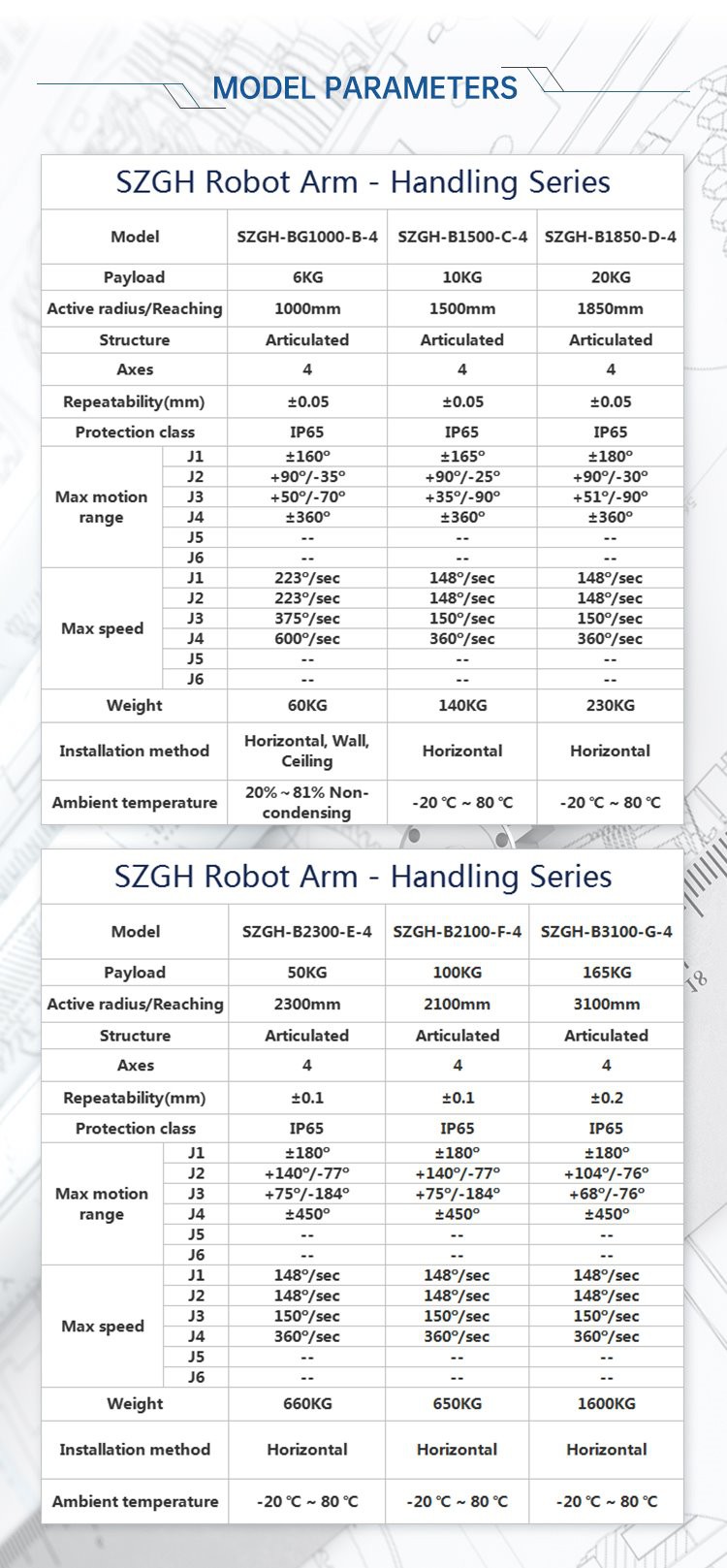
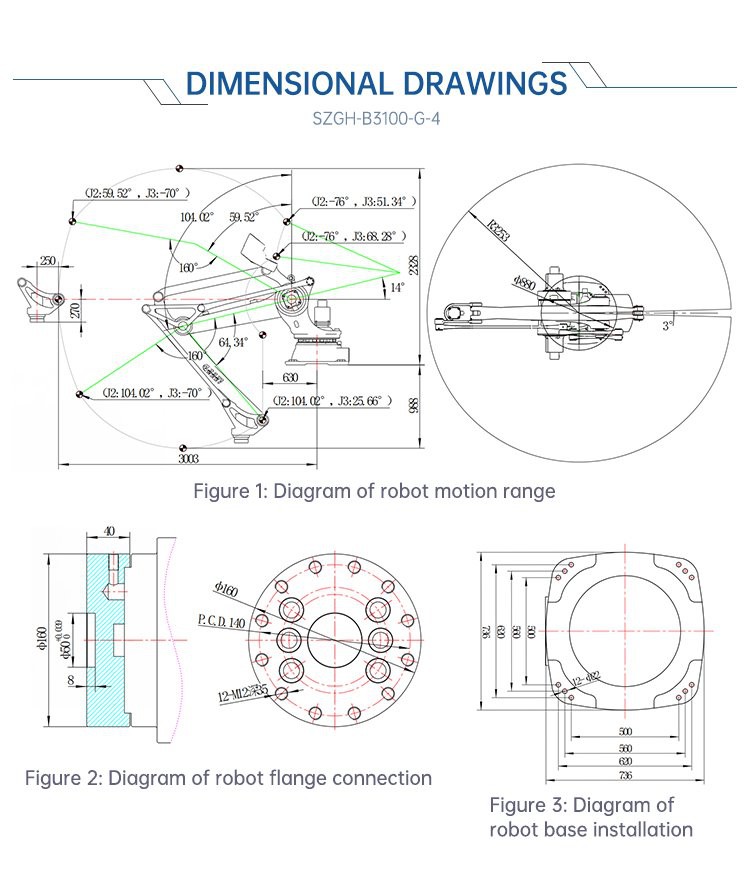
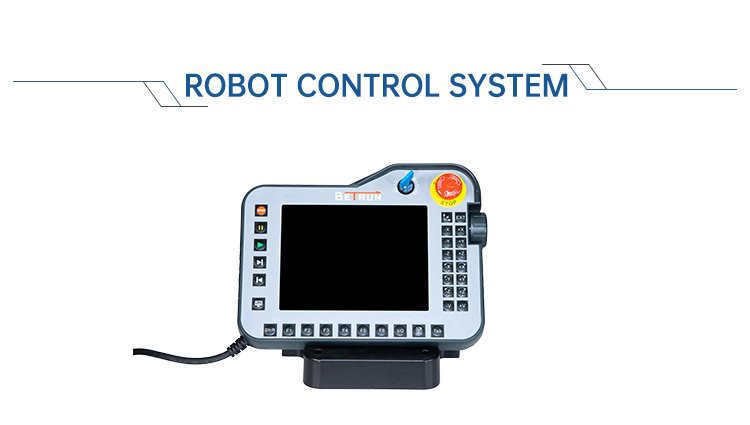
Robot controller systems:
1) Support up to 12 axis control, enabling external axes to be controlled (traveling axes and positioner).
2) Open framework for extending functionalities and synchronizing global technologies Industrial standards and stable performance.
3) PLC software features provide logic control. Programming is made simple with process functions.
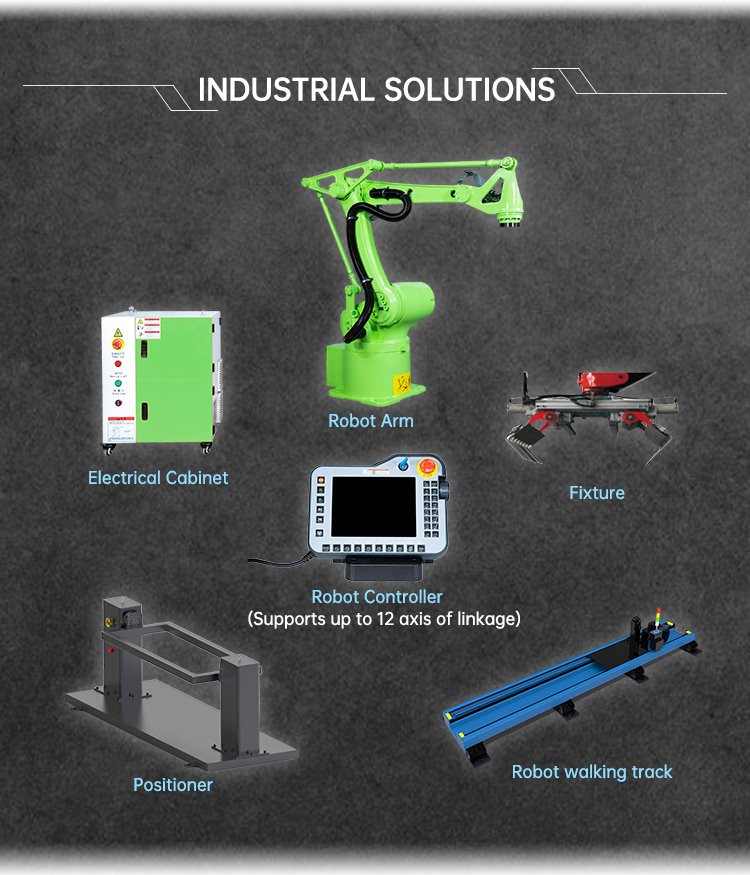
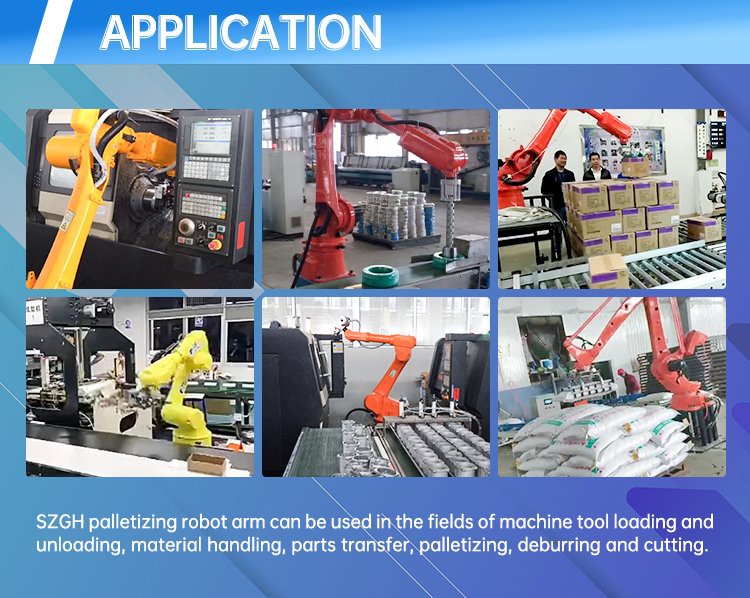
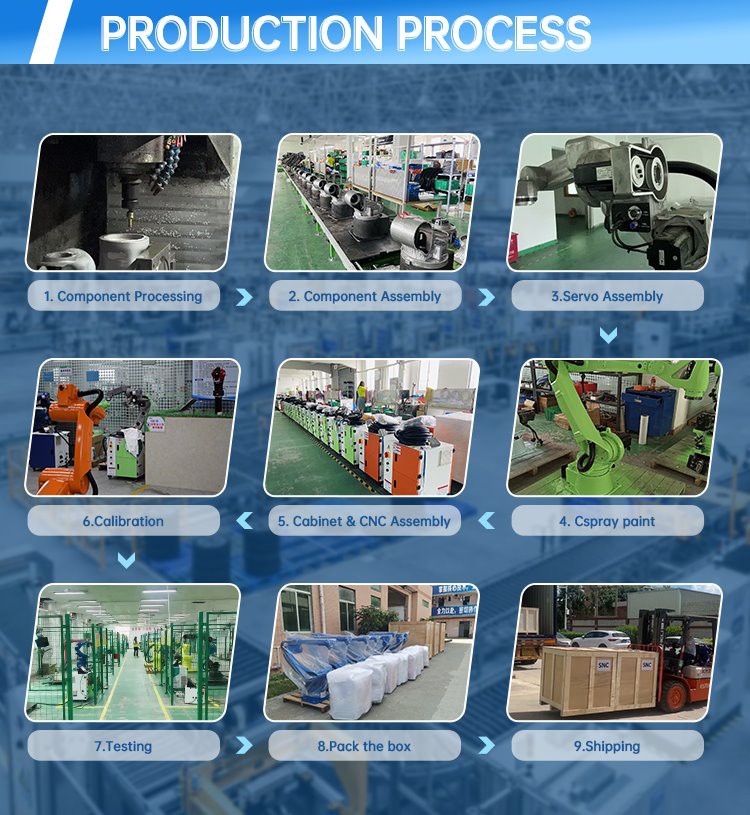
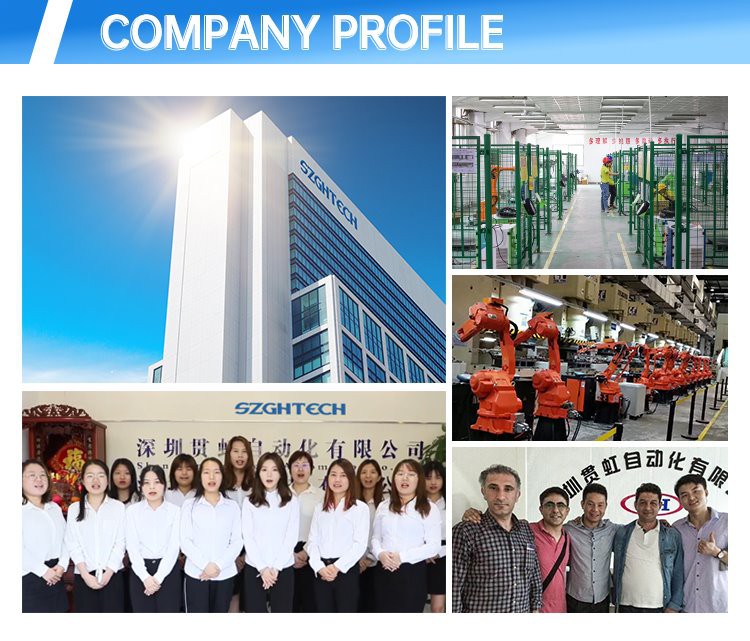
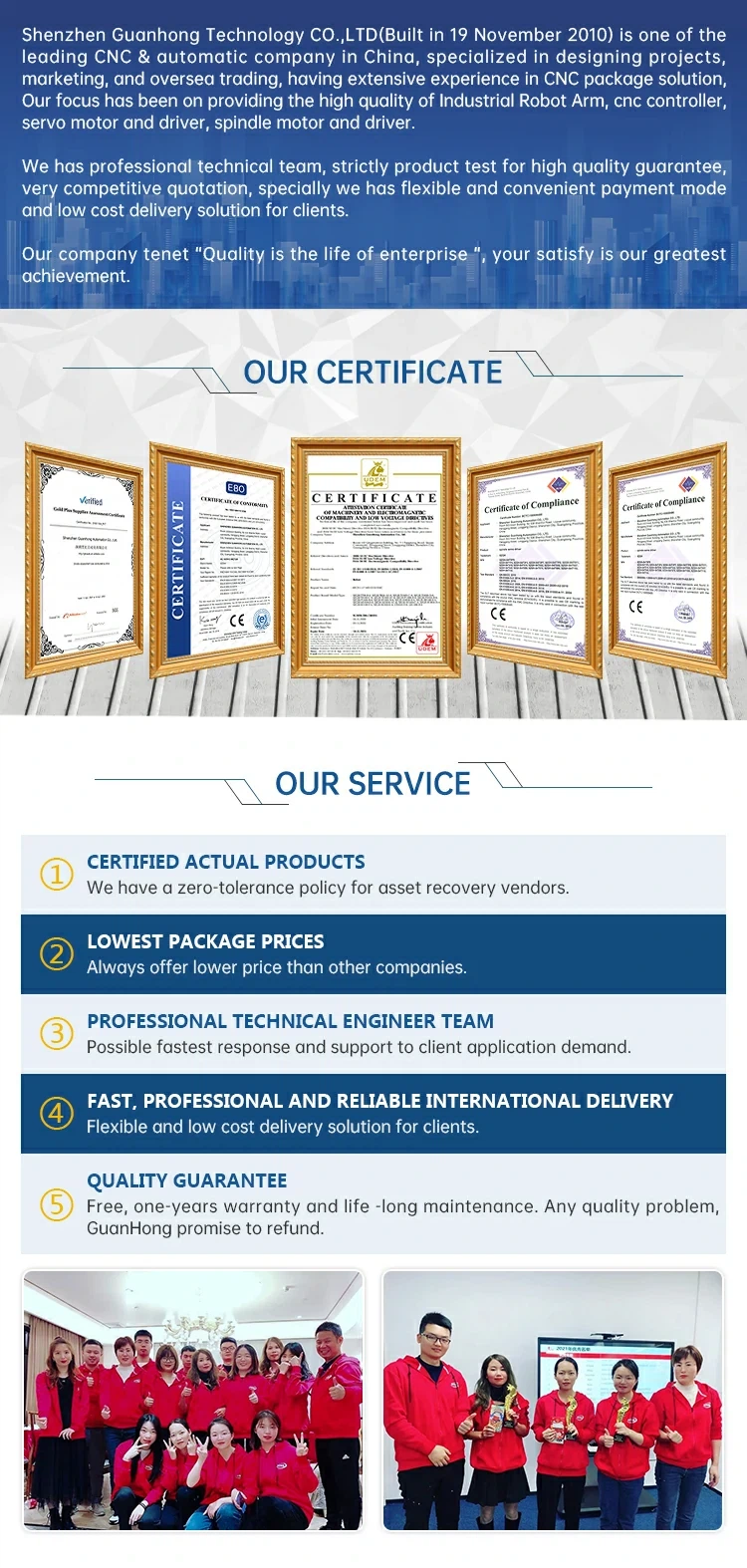
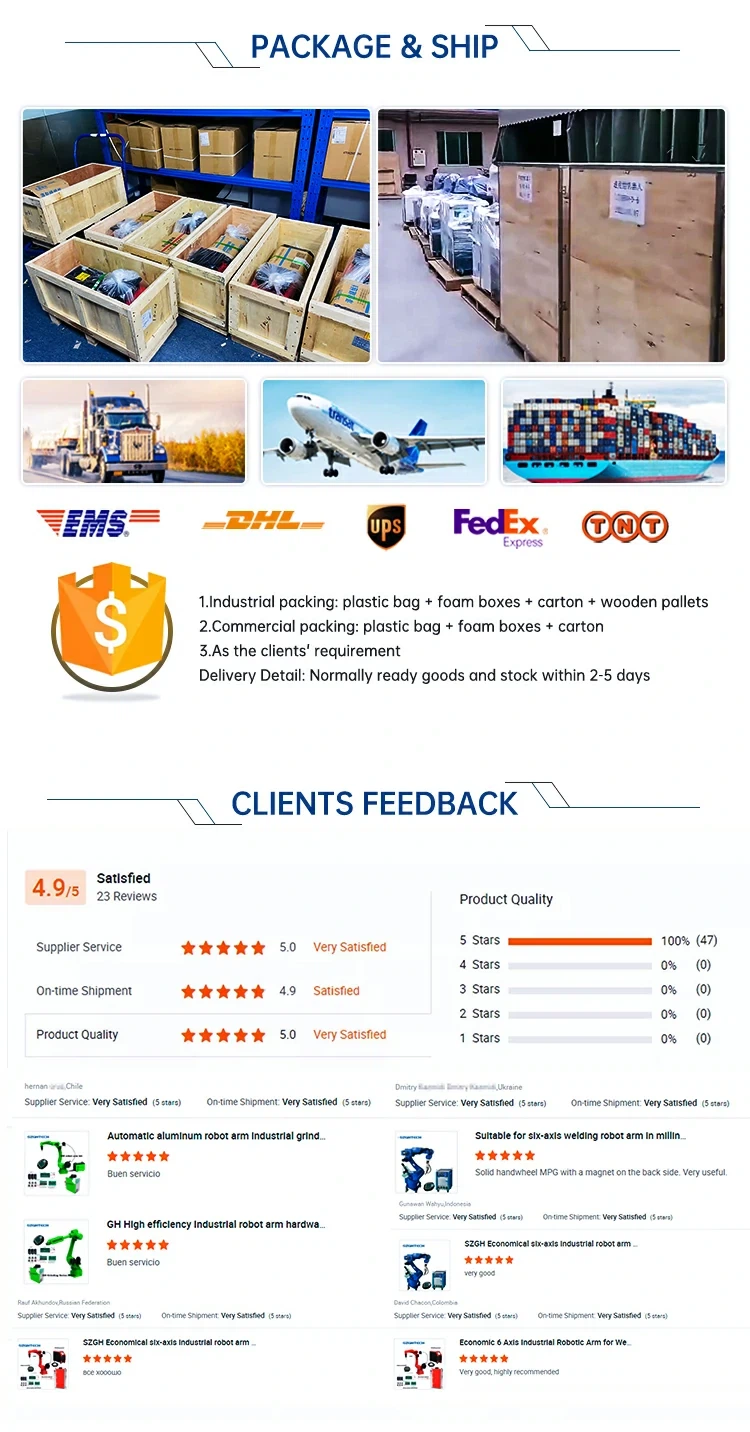
FAQ
Q: My order will be delivered when, right?
A: One set normally takes 15 days to arrive.
Q: What is your payment term?
A: The payment method is 50% prepayment, 50% balance before cargo delivery.
Q: What about your post-purchase support?
A: We offer online communication for technical support.
Additionally, we may send our technical personnel for on-site installation or debugging if you require it. Welcome to come learn about and inspect the robot at our business.
If you have another question, pls feel free to contact us as below.


